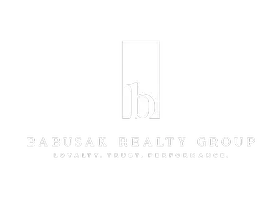10 Most Common Foundation Problems (And Ways to Fix Them)

Foundation problems rarely start with dramatic signs. Usually, foundation issues start with a small crack, a sticking door, maybe a damp patch in the basement. But these subtle warnings can lead to significant structural damage if left unaddressed. Understanding the most common causes of foundation failure and knowing how to fix them with the right approach can save you both time and money. Here are 10 of the most common foundation issues identified by Foundation Repair Experts of Michigan, and what you can do to resolve them before they escalate.
1. Vertical Cracks in Foundation Walls
Vertical cracks are one of the most common foundation problems a homeowner faces. Small vertical cracks might not seem serious initially, but they can be the earliest sign that your foundation is shifting or settling. You’ll usually find these cracks in poured concrete walls, often running straight up and down. These cracks are often caused by natural concrete shrinkage, minor settling, or soil pressure from outside the foundation wall.
Sealing Cracks and Stabilizing Early Movement
If you notice vertical cracks early on, you may be able to seal them with epoxy or polyurethane foam. If the cracks are larger, it would also be a good idea to have a foundation specialist evaluate the cracks and get advice about any risks of excessive settling and if additional structural support is required.
2. Horizontal Cracks or Bowing Walls
Horizontal cracks or bowing walls signal serious distress in the foundation. They often signal pressure from expanding soil or poor drainage pushing in on your foundation. Poor drainage, high levels of moisture, and rain may cause this pressure to increase so high that it will compromise the structure itself.
Relieving Pressure and Reinforcing Walls
Tackling water pressure around the walls is pivotal. You may need to improve drainage around the structure and install waterproofing systems (interior or exterior). You may also need to reinforce the walls using steel beams or wall anchors. In extreme circumstances, excavating and replacing the walls is the final answer.
3. Stair-Step Cracks in Brick or Block Walls
A stair-step pattern indicates foundation movement, stressing block or brick walls. Stair-step cracks are almost always a result of uneven settling because one section of your foundation is sinking more than another. Uneven soil conditions or poor compaction under your home can also cause stair-step cracks.
Leveling the Foundation to Prevent Spreading
You can find a variety of repair methods; one of the most common ones to deal with this issue involves underpinning the foundation with piers to stabilize the foundation and levels. Likewise, you can repair cracks with a variety of masonry sealing repair options, but you will have to fix the source of the movement before it happens again.
4. Uneven or Sagging Floors
Uneven or sagging floor structures may indicate a larger foundation problem, such as soil settlement under a foundation, shifting soil, or failing support beams. Moisture problems can further contribute to structural issues; therefore, heavy rain or extended humid days weaken the ties that hold the wooden frame together and make any support beams more unstable.
Shoring Up Floors with Structural Supports
A sagging floor can be fixed by reinforcing the joists and adding support posts. If it is caused due to settlement, it needs to be stabilized by a foundation specialist. Foundation repair contractors can determine the damage and propose repair recommendations, including installing support piers, adding floor joist reinforcements, addressing moisture issues with basement waterproofing, and improving drainage.
5. Foundation Settling or Sinking
Foundation settling or sinking is a critical issue that requires immediate attention. Visible sinking or cracking in one area of your home may mean the entire foundation has moved. Settlement can happen naturally over time or be caused by water-related soil movement. Over time, any of these factors can cause the foundation to sink more on one side than the other, leading to structural damage.
Lifting and Anchoring a Sinking Foundation
In most cases, stabilizing the foundation involves the installation of helical or push piers that will transfer the structural load to stable soil layers below the structure. Once helical piers or push piers are installed to reach stable (deeper) soil, the job is finished. The helical or push piers lift and support the foundation.
6. Doors and Windows that Stick Or Won’t Close
As a homeowner, recognizing that you have problems with doors or windows that don’t open or close properly may be a more subtle sign of issues with your foundation. If your doors and windows were working fine before but are now jamming, it could mean the frames are out of alignment due to movement below. This is a common symptom of foundation shift or sinking.
Realigning Frames by Addressing Movement Below
Fixing foundation movement through stabilization methods can resolve the misalignment. Sometimes, you might need to adjust the door and window frames after you have repaired the foundation.
7. Water Seepage or Basement Moisture
Moist basements are pretty common and can cause several issues. Moist basements, musty odor, damp walls, and water puddles in the basement indicate some level of water intrusion. Prolonged moist basement issues can escalate to mold, wood rot, and further deterioration.
Poor drainage, foundation cracks, or inadequate waterproofing are common causes of water intrusion. Ignoring a moist basement can lead to costly repairs, reduced home value, and ongoing health concerns.
Keeping Moisture Out with Basement Waterproofing
Waterproofing can either be done internally or externally. During this process, a sump pump is installed to prevent water damage, and cracks are also sealed.
8. Gaps Around Windows and Exterior Doors
If you notice gaps forming around your windows or doors, it’s often a sign that your walls are shifting because of foundation movement. These gaps aren’t just unsightly, they can let in drafts and moisture, making your home feel less comfortable and driving up energy costs.
Filling the Gaps by Correcting Foundation Shift
After your foundation has stabilized, you may need to reseal or even replace the affected windows & doors to regain energy efficiency and prevent further damage. Talking to a foundation professional will ensure you are fixing a structural or cosmetic problem.
9. Chimney Leaning or Pulling Away from the House
A leaning chimney is a visible sign of potential foundation problems. Chimneys are usually built on footers. When the soil underneath those footers settles or erodes, chimneys can lean or even separate from the building. If left unaddressed, this can cause the chimney to become unstable and unsafe.
Stabilizing the Chimney Before It Becomes Unsafe
Stabilizing a chimney may include the installation of helical piers or brackets to stabilize and attach the chimney back to the structure.
10. Mold and Musty Smells in the Basement
If you have ongoing musty smells or mold present in your basement, there is a good possibility that your basement has trapped moisture. Individual mold spores can propagate extremely quickly and can create poor air quality. Mold growth generally occurs due to continuous water intrusion and/or poor ventilation.
Eliminating Mold by Fixing Moisture at the Source
Repairing the entry of water into your basement through proper basement waterproofing and appropriately ventilating your basement are the only ways mold will be eliminated from your home. If the mold has grown or spread, you may require some professional mold remediation.
Final Thoughts
Foundation issues don’t always begin with a catastrophic event. Many times, it is the small things, such as cracks, moisture, and stuck doors, that signal a larger problem. The sooner you recognize the issue, the easier and less costly it will be to fix. If you are facing any foundation problems mentioned above, contact a qualified foundation specialist to inspect your home, who can provide you with an overall assessment, determining what the initial cause was and what kind of home repair is appropriate for you.
The post 10 Most Common Foundation Problems (And Ways to Fix Them) appeared first on Atlanta Real Estate Forum.
Categories
Recent Posts

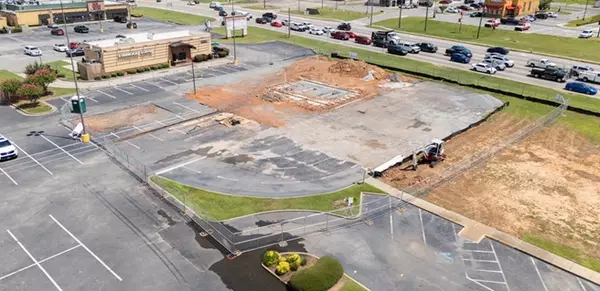

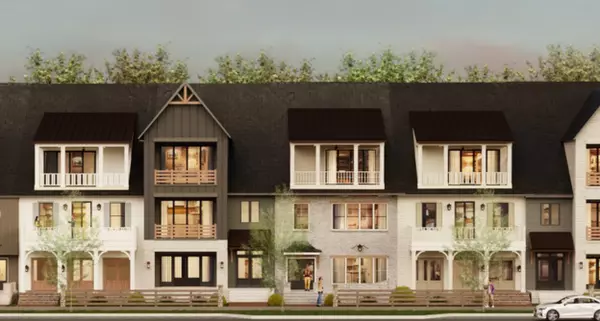

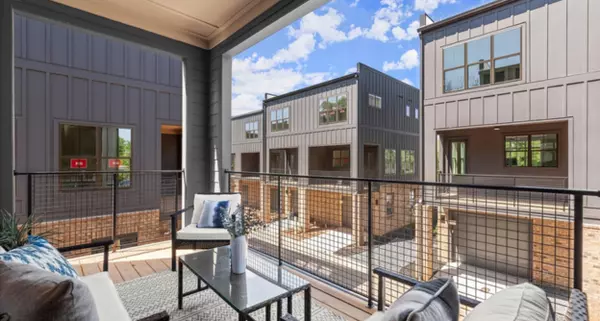
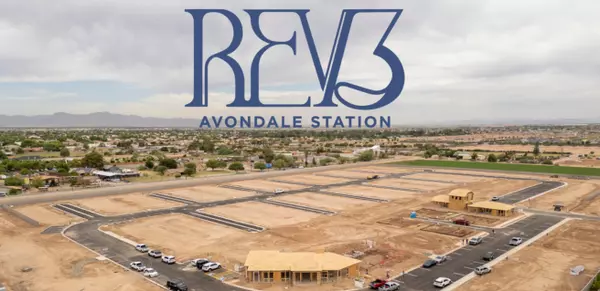


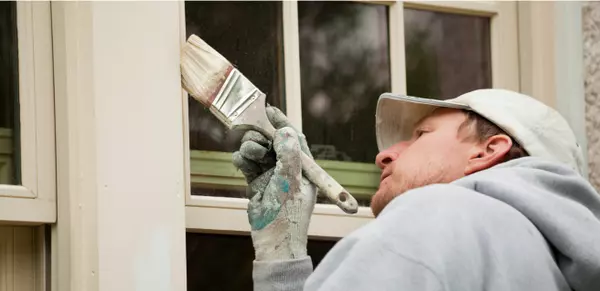
LEAVE A REPLY

